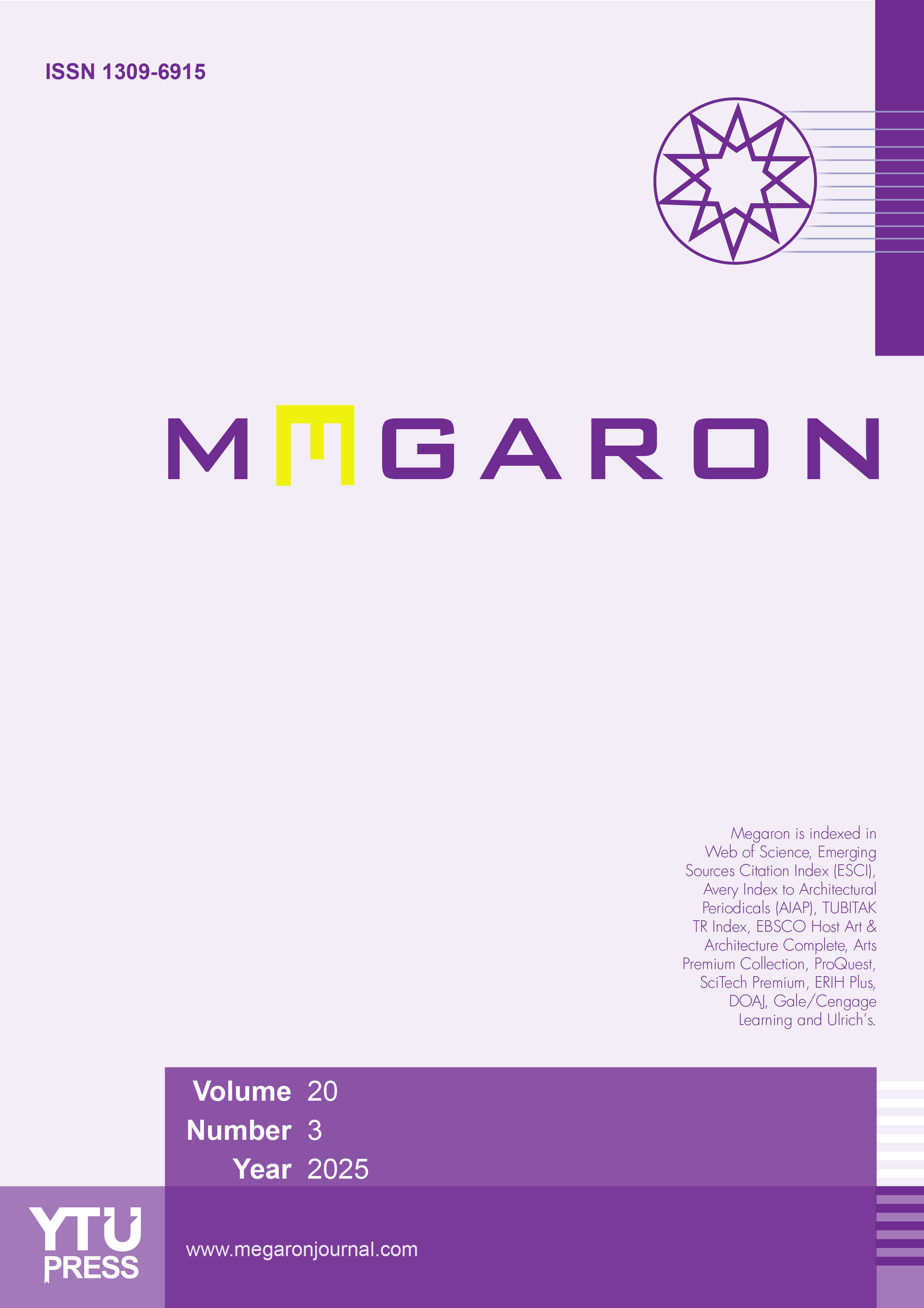Integration of psychoacoustic parameters into acoustic design: The impact of architectural design factors on the indoor soundscape of airport terminal buildings
Kadir Kürşad Ayık1, Mehmet Nuri Ilgürel21Graduate School of Science and Engineering, Yıldız Technical University, Istanbul, Türkiye2Department of Architecture, Yıldız Technical University, Istanbul, Türkiye
This research examines the complex relationship between architectural design factors and psychoacoustic parameters in airport terminal buildings. Architectural design elements such as surface properties and dimensional aspects, as well as factors such as spatial layouts, were evaluated to investigate how design decisions impact the sound environment and, consequently, passenger comfort. A variety of methods, including on-site measurements, binaural sound recordings, questionnaires, auralizations, and listening tests, were used to analyze and improve the sound environment of airport terminal buildings. Results indicate that differences in loudness values are related to the architectural form, surface properties, and configuration of the circulation paths. Furthermore, it has been revealed that the change in the height of the building affects the sharpness value, and roughness is directly related to the absorbency of surface materials, independent of volume. Essentially, this research underscores the pivotal role of integrating psychoacoustic parameters such as loudness, roughness, and sharpness into the acoustic design framework of airport terminal buildings. Such integration enhances our understanding of the relationship between architectural design and indoor soundscape, as well as informs design decisions aimed at optimizing acoustic comfort in airport facilities.
Keywords: Acoustic comfort, airport terminal buildings, architectural design, indoor soundscape, psychoacoustic parametersManuscript Language: English








